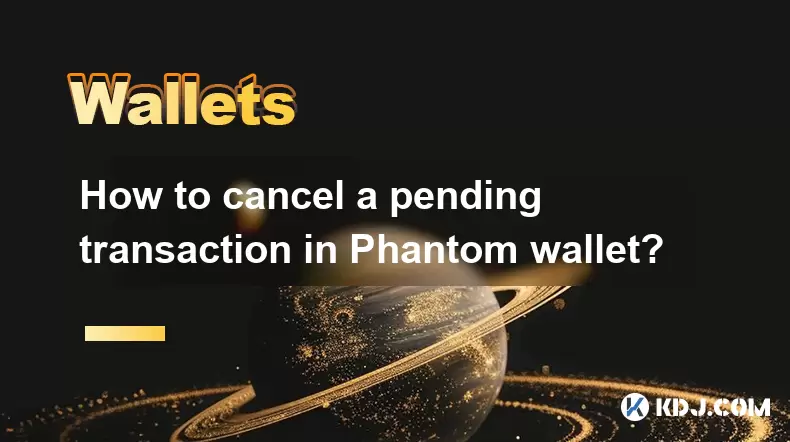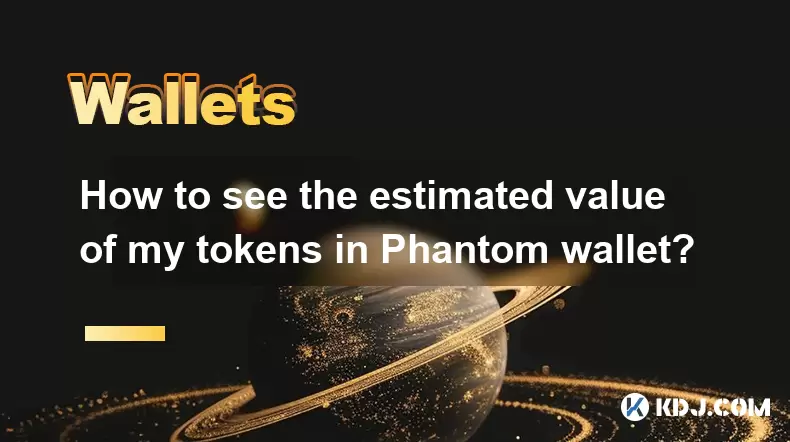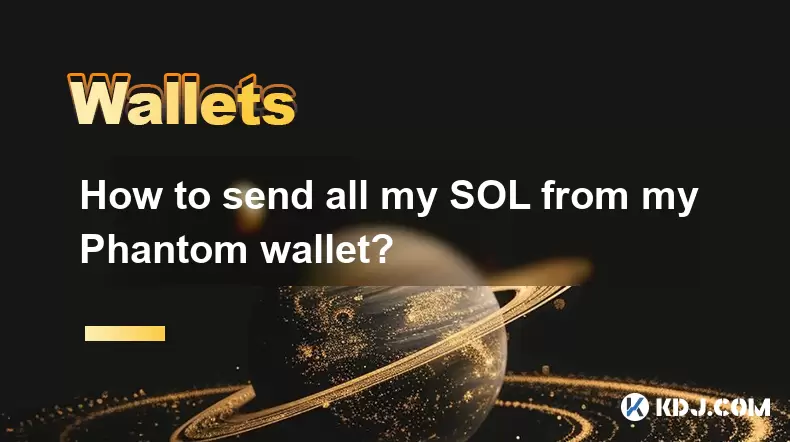-
 Bitcoin
Bitcoin $108,778.4882
0.68% -
 Ethereum
Ethereum $2,563.3783
2.01% -
 Tether USDt
Tether USDt $1.0001
-0.01% -
 XRP
XRP $2.2881
0.77% -
 BNB
BNB $662.2819
1.12% -
 Solana
Solana $152.2652
3.21% -
 USDC
USDC $0.9999
-0.01% -
 TRON
TRON $0.2873
0.90% -
 Dogecoin
Dogecoin $0.1715
4.20% -
 Cardano
Cardano $0.5868
1.50% -
 Hyperliquid
Hyperliquid $39.6796
1.73% -
 Sui
Sui $2.9136
0.85% -
 Bitcoin Cash
Bitcoin Cash $495.4980
1.77% -
 Chainlink
Chainlink $13.5765
3.06% -
 UNUS SED LEO
UNUS SED LEO $9.0753
0.53% -
 Stellar
Stellar $0.2503
3.73% -
 Avalanche
Avalanche $18.2012
1.86% -
 Shiba Inu
Shiba Inu $0.0...01174
1.83% -
 Toncoin
Toncoin $2.7998
-6.08% -
 Hedera
Hedera $0.1596
3.89% -
 Litecoin
Litecoin $87.3119
0.20% -
 Monero
Monero $319.5596
1.08% -
 Polkadot
Polkadot $3.3887
0.93% -
 Dai
Dai $0.9999
-0.01% -
 Ethena USDe
Ethena USDe $1.0001
-0.01% -
 Bitget Token
Bitget Token $4.3294
-1.36% -
 Uniswap
Uniswap $7.3898
1.60% -
 Aave
Aave $287.5336
5.76% -
 Pepe
Pepe $0.0...01005
3.24% -
 Pi
Pi $0.4588
1.90%
How do I verify my receiving address on my Ledger Nano S/X?
Always verify your Ledger Nano S/X receiving address by comparing the address on your device with the one displayed in your software wallet; never trust addresses shown only on third-party apps or websites. A single incorrect character means lost funds.
Mar 23, 2025 at 11:50 am

Key Points:
- Verifying your Ledger Nano S/X receiving address involves checking its accuracy against the address displayed on your device.
- Never trust addresses shown only on software wallets or websites.
- Multiple methods exist for verification, depending on the cryptocurrency and wallet software.
- Always double-check the address before sending or receiving funds.
- Understanding the risks of address errors is crucial for secure cryptocurrency transactions.
How Do I Verify My Receiving Address on My Ledger Nano S/X?
The Ledger Nano S and X are hardware wallets known for their enhanced security. However, even with these devices, verifying your receiving address is crucial before any transaction. This ensures you send and receive funds to the correct destination, preventing irreversible loss of assets. This process involves comparing the address generated by your Ledger device with the address displayed in your chosen software wallet. Never rely solely on the address shown by a third-party website or application.
The verification process differs slightly depending on the specific cryptocurrency and the software wallet you're using. Generally, you'll initiate a transaction within your chosen wallet, specifying the recipient. The wallet will then display the receiving address. Simultaneously, you'll navigate to your Ledger device, initiate the transaction, and verify that the address displayed on the Ledger screen matches the address shown in your software wallet. Any discrepancy means you need to immediately stop the transaction and investigate the source of the error.
Verifying with Different Cryptocurrencies:
The fundamental principle remains the same across all cryptocurrencies, but the user interface varies. For Bitcoin, for example, you'll see a Bitcoin address starting with a "1," "3," or "bc1." For Ethereum, you'll see an address starting with "0x." Always ensure the entire alphanumeric string matches precisely, including capitalization. A single incorrect character will render the address invalid.
For clarity, let's consider a common scenario. You want to receive Bitcoin. You'll open your Bitcoin wallet software (like Electrum or BlueWallet) connected to your Ledger. The software will prompt you to confirm the receiving address on your Ledger device. Carefully compare the address on your Ledger screen with the address displayed by the software. Only when they match perfectly should you proceed with the transaction.
Using Ledger Live:
Ledger Live, the official Ledger software, simplifies the process. It displays the receiving address both on your computer screen and on your Ledger device. The synchronization is seamless, reducing the chance of errors. However, it’s still essential to double-check the address on your Ledger screen, as unexpected glitches can occur. Never solely rely on the computer screen display. Always prioritize the address shown on your hardware wallet.
Addressing Potential Issues:
Occasionally, you might encounter issues like a mismatch between the addresses displayed on your Ledger and your software wallet. If this happens, immediately halt the transaction. Possible causes include a connection problem between your Ledger and your computer, an outdated firmware on your Ledger device, or a bug in the software wallet.
To resolve these issues, you should first ensure your Ledger device is properly connected and that its firmware is up-to-date. Next, try restarting both your Ledger device and your computer. If the problem persists, consider reinstalling the software wallet or contacting the wallet's support team for assistance. Always remember to report any unusual behavior or discrepancies to Ledger support as well.
Step-by-Step Verification using a Desktop Wallet (Example):
- Step 1: Open your chosen desktop wallet (e.g., Electrum for Bitcoin).
- Step 2: Initiate a receiving transaction request, ensuring your Ledger is connected.
- Step 3: Carefully review the receiving address shown in your wallet software.
- Step 4: Confirm the transaction on your Ledger Nano S/X.
- Step 5: Compare the address displayed on your Ledger's screen with the address in the wallet software. Ensure an exact match.
- Step 6: Only proceed with the transaction if the addresses are identical.
Common Questions:
Q: What happens if I use the wrong receiving address?
A: Sending cryptocurrency to the wrong address is usually irreversible. Your funds will be lost unless the recipient cooperates in returning them, which is unlikely.
Q: Can I verify my Ledger address using a mobile app?
A: Yes, many mobile cryptocurrency wallets integrate with Ledger devices, allowing you to verify the address on your Ledger screen against the address in the app. Always follow the same careful verification process.
Q: My Ledger shows a different address than my software wallet. What should I do?
A: Do not proceed with the transaction. Troubleshoot the connection between your Ledger and your computer, update your Ledger firmware, and restart both devices. If the problem persists, contact Ledger and your wallet's support teams.
Q: Is there a way to recover funds sent to an incorrect address?
A: Recovering funds sent to the wrong address is extremely difficult and often impossible. Prevention through careful verification is paramount.
Disclaimer:info@kdj.com
The information provided is not trading advice. kdj.com does not assume any responsibility for any investments made based on the information provided in this article. Cryptocurrencies are highly volatile and it is highly recommended that you invest with caution after thorough research!
If you believe that the content used on this website infringes your copyright, please contact us immediately (info@kdj.com) and we will delete it promptly.
- Bitcoin Wallet Hack? Coinbase Exec Sounds the Alarm on $8B Whale Movement
- 2025-07-07 18:30:12
- Mercado Bitcoin, Tokenization, and XRP Ledger: A Latin American Power Play
- 2025-07-07 18:30:12
- Ripple's RLUSD: Revolutionizing Cross-Margin Trading for Institutions
- 2025-07-07 18:35:12
- Babylon, Bitcoin, and the EVM Mainnet: A New Era for BTCFi?
- 2025-07-07 16:30:11
- Queen Elizabeth Coin Sells for £31,000: A Royal Fortune in Your Pocket?
- 2025-07-07 16:30:11
- XRP Price Check: Will Resistance Trigger a July Drop?
- 2025-07-07 17:10:12
Related knowledge

How to cancel a pending transaction in Phantom wallet?
Jul 03,2025 at 07:21pm
Understanding Pending Transactions in Phantom WalletA pending transaction in the Phantom wallet occurs when a user initiates a transfer or interaction with the Solana blockchain, but it hasn't yet been confirmed by the network. This can happen due to various reasons such as low transaction fees, network congestion, or incorrect gas settings. It's import...

How to see the estimated value of my tokens in Phantom wallet?
Jul 04,2025 at 12:21am
What is Phantom Wallet?Phantom wallet is one of the most popular cryptocurrency wallets designed for the Solana blockchain. It allows users to store, send, receive, and manage various tokens built on Solana, including SPL tokens and NFTs. The wallet offers a user-friendly interface, making it accessible for both beginners and advanced users in the crypt...

How to lock my Phantom wallet extension?
Jul 03,2025 at 11:14am
What Is the Phantom Wallet and Why Lock It?The Phantom wallet is a popular non-custodial cryptocurrency wallet designed for interacting with the Solana blockchain. Supporting both browser extensions and mobile apps, Phantom allows users to store, send, receive, and stake SOL tokens, as well as interact with decentralized applications (dApps). Securing y...

Does Phantom wallet offer two-factor authentication (2FA)?
Jul 03,2025 at 09:00am
Understanding Phantom Wallet and Its Security FeaturesPhantom wallet is a widely used non-custodial cryptocurrency wallet that supports the Solana blockchain. It allows users to store, send, receive, and interact with decentralized applications (dApps) seamlessly. As security is a top priority for any crypto wallet user, security features like two-facto...

How to send all my SOL from my Phantom wallet?
Jul 06,2025 at 10:00am
Preparing to Send SOL from Your Phantom WalletBefore initiating any transaction, it is crucial to ensure that your Phantom wallet is fully set up and connected to the correct network. Phantom supports multiple networks, but for sending SOL, you must be on the Solana blockchain. Confirm this by checking the network indicator in the top-right corner of th...

What is "rent" on Solana and how does it affect my Phantom wallet?
Jul 02,2025 at 08:35pm
Understanding 'Rent' on SolanaIn the context of Solana, the term 'rent' refers to a storage fee that users pay for maintaining data on the blockchain. Unlike Ethereum, where storage costs are paid once via gas fees during contract deployment, Solana implements a recurring cost model to ensure efficient usage of network resources. This means that any acc...

How to cancel a pending transaction in Phantom wallet?
Jul 03,2025 at 07:21pm
Understanding Pending Transactions in Phantom WalletA pending transaction in the Phantom wallet occurs when a user initiates a transfer or interaction with the Solana blockchain, but it hasn't yet been confirmed by the network. This can happen due to various reasons such as low transaction fees, network congestion, or incorrect gas settings. It's import...

How to see the estimated value of my tokens in Phantom wallet?
Jul 04,2025 at 12:21am
What is Phantom Wallet?Phantom wallet is one of the most popular cryptocurrency wallets designed for the Solana blockchain. It allows users to store, send, receive, and manage various tokens built on Solana, including SPL tokens and NFTs. The wallet offers a user-friendly interface, making it accessible for both beginners and advanced users in the crypt...

How to lock my Phantom wallet extension?
Jul 03,2025 at 11:14am
What Is the Phantom Wallet and Why Lock It?The Phantom wallet is a popular non-custodial cryptocurrency wallet designed for interacting with the Solana blockchain. Supporting both browser extensions and mobile apps, Phantom allows users to store, send, receive, and stake SOL tokens, as well as interact with decentralized applications (dApps). Securing y...

Does Phantom wallet offer two-factor authentication (2FA)?
Jul 03,2025 at 09:00am
Understanding Phantom Wallet and Its Security FeaturesPhantom wallet is a widely used non-custodial cryptocurrency wallet that supports the Solana blockchain. It allows users to store, send, receive, and interact with decentralized applications (dApps) seamlessly. As security is a top priority for any crypto wallet user, security features like two-facto...

How to send all my SOL from my Phantom wallet?
Jul 06,2025 at 10:00am
Preparing to Send SOL from Your Phantom WalletBefore initiating any transaction, it is crucial to ensure that your Phantom wallet is fully set up and connected to the correct network. Phantom supports multiple networks, but for sending SOL, you must be on the Solana blockchain. Confirm this by checking the network indicator in the top-right corner of th...

What is "rent" on Solana and how does it affect my Phantom wallet?
Jul 02,2025 at 08:35pm
Understanding 'Rent' on SolanaIn the context of Solana, the term 'rent' refers to a storage fee that users pay for maintaining data on the blockchain. Unlike Ethereum, where storage costs are paid once via gas fees during contract deployment, Solana implements a recurring cost model to ensure efficient usage of network resources. This means that any acc...
See all articles

























































































